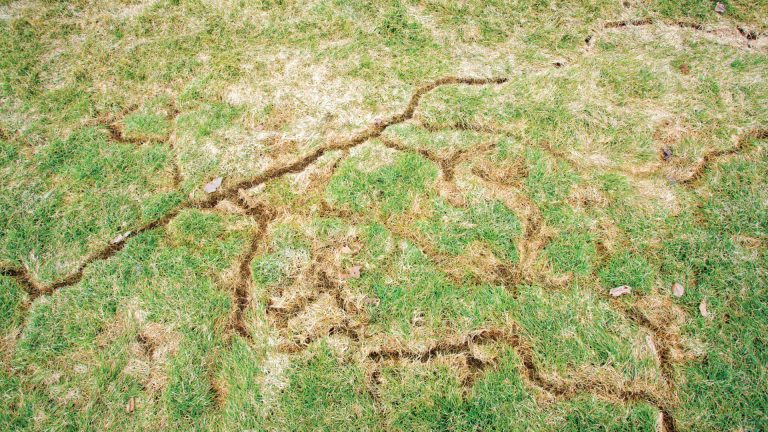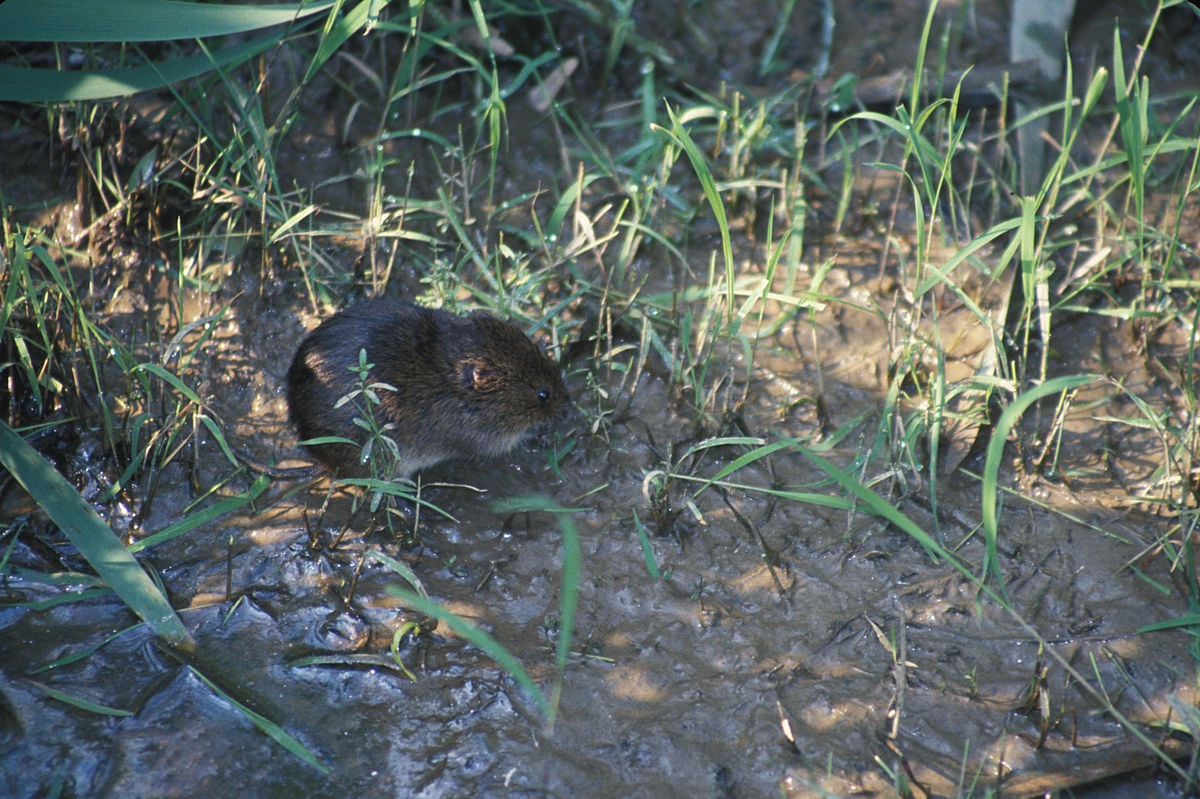Handling Vole Damage: Effective Control Strategies
Handling Vole Damage: Effective Control Strategies
Blog Article
Comprehensive Guide to Efficient Vole Bug Control: Invasion Identification and Treatment Techniques
In the realm of effective parasite control, vole infestations pose an unique challenge that requires a critical technique. By exploring the subtleties of vole habits, recognizing crucial signs of invasion, and reviewing a variety of control choices, one can establish a detailed technique to battle these evasive insects.
Recognizing Vole Actions
Vole habits is characterized by their tunneling habits and rapid recreation rates, making them a tough bug to control successfully. Their quick reproductive rate additional makes complex control initiatives, with ladies capable of generating several litters in a solitary year, each including numerous offspring.
Voles are most energetic during the morning and night hours, spending the majority of their time foraging for food. Their burrowing behaviors not only disrupt yards and grass yet additionally make them testing to get rid of and detect. Recognizing vole actions is important for effective parasite control approaches. By determining their burrow areas, checking feeding locations, and executing targeted control approaches, such as capturing or environment adjustment, vole infestations can be taken care of efficiently.
Signs of Vole Invasion

Prevention Strategies
Carrying out efficient avoidance strategies is essential in minimizing vole invasions and securing plants from their devastating feeding behaviors. To stop vole invasions, it is crucial to begin by getting rid of possible food resources and shelter.
Consistently evaluating the residential property for indications of vole activity, such as paths and burrow openings, is essential for very early detection and timely activity. Consider using traps or repellents tactically placed near their pathways if vole activity is believed. Employing all-natural killers like owls or snakes can additionally help keep vole populations in check. By applying a combination of these prevention homeowners, approaches and garden enthusiasts can efficiently shield their plants from vole damages.
Non-Lethal Control Approaches
To effectively take care of vole populations while prioritizing humane methods, non-lethal control approaches offer functional solutions for minimizing vole damages in landscapes and yards. One reliable technique is using physical obstacles such as hardware cloth or wire mesh to shield at risk here plants. These barriers can be buried at the very least 12 inches bent and deep at a 90-degree angle to protect against voles from burrowing underneath. Furthermore, environment alteration can prevent voles by minimizing their liked food resources and concealing spots. Maintaining a well-mowed lawn, getting rid of debris, and keeping plants trimmed can make the setting much less appealing to voles.

Lethal Control Options
One efficient method for dealing with vole problems in landscapes and gardens entails the critical use of deadly control choices. When encountered with a severe vole invasion that non-lethal methods have actually stopped working to include, implementing lethal control measures comes to be critical. Overall, when employing dangerous control choices, it is vital to do so properly and in accordance with neighborhood policies to effectively take care of vole invasions.
Final Thought
In conclusion, efficient vole insect control calls for an extensive understanding of vole behavior, recognition of indications of infestation, application of avoidance approaches, and use of both non-lethal and dangerous control methods. By combining these strategies, people can successfully manage vole populations and secure their property from damages. It is necessary to deal with vole invasions promptly visit this site right here to protect against further problems and minimize the influence on the surrounding setting.
Provided the detailed tunnel systems and fast recreation prices characteristic of voles, recognizing the indications of vole invasion becomes vital in reliable parasite control. One of the main signs of vole existence is the presence of surface paths or trails in grass or snow, commonly about 1-2 inches vast, produced as voles take a trip in between their burrows and food sources.To efficiently handle vole populations while prioritizing gentle techniques, non-lethal control techniques use sensible services for reducing vole damages in yards and landscapes.One reliable method for resolving vole infestations in gardens and landscapes entails the tactical usage of deadly control choices. vole control.In verdict, efficient vole bug control needs a thorough understanding of vole behavior, recognition of signs of problem, implementation of prevention methods, and use of both non-lethal and dangerous control techniques
Report this page